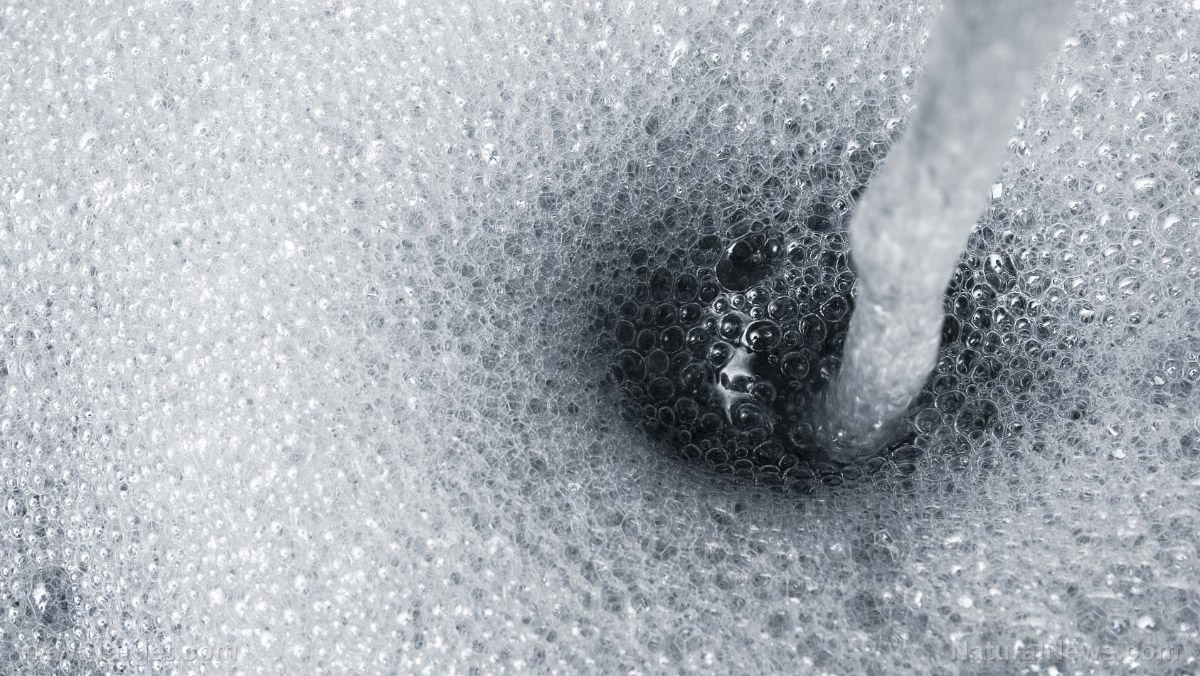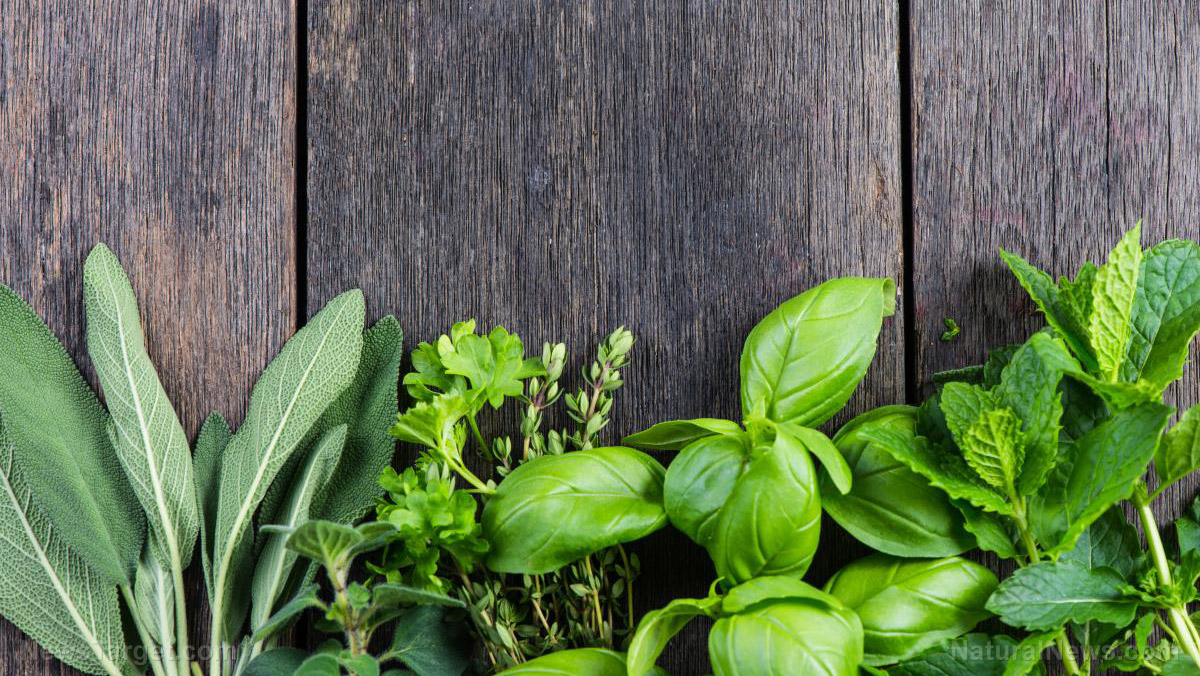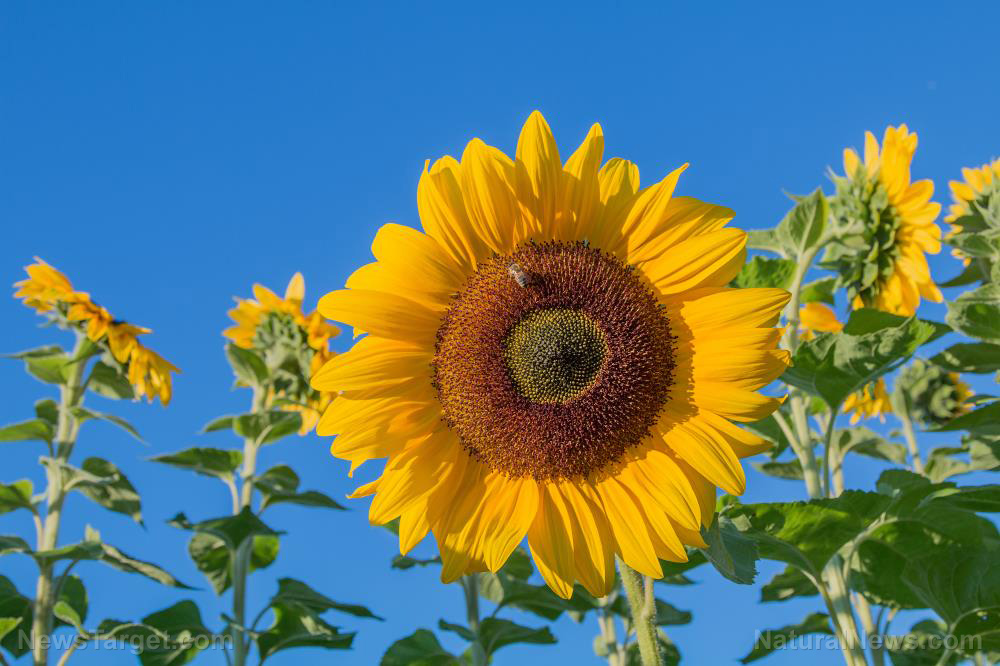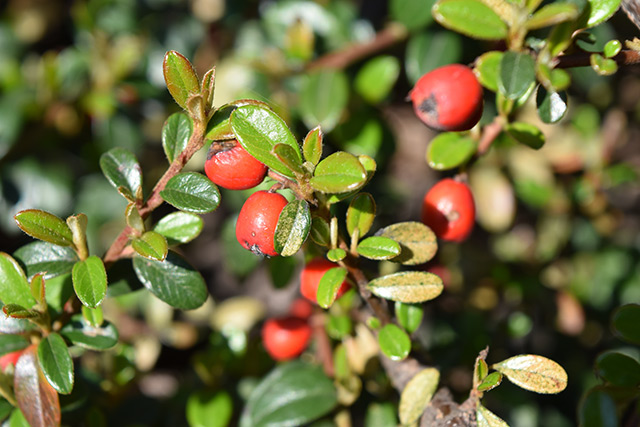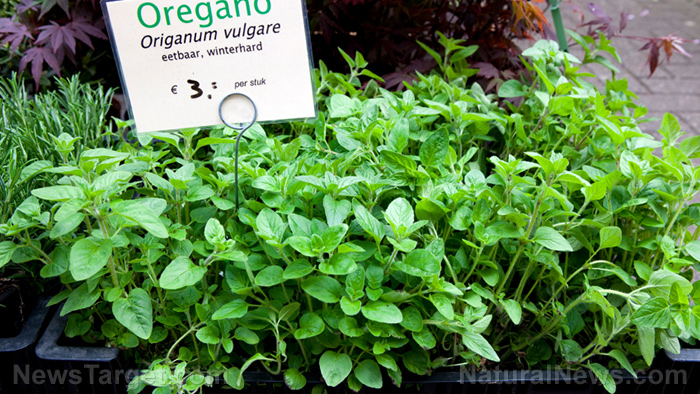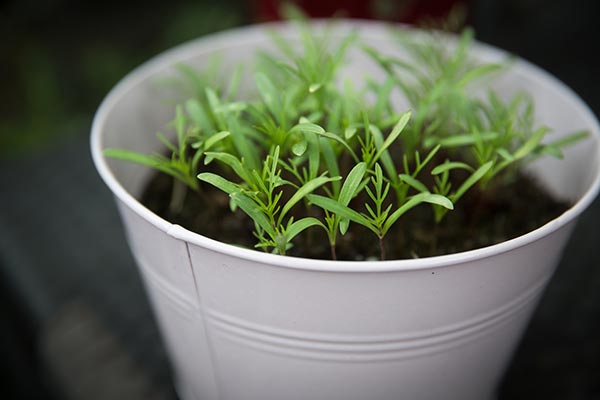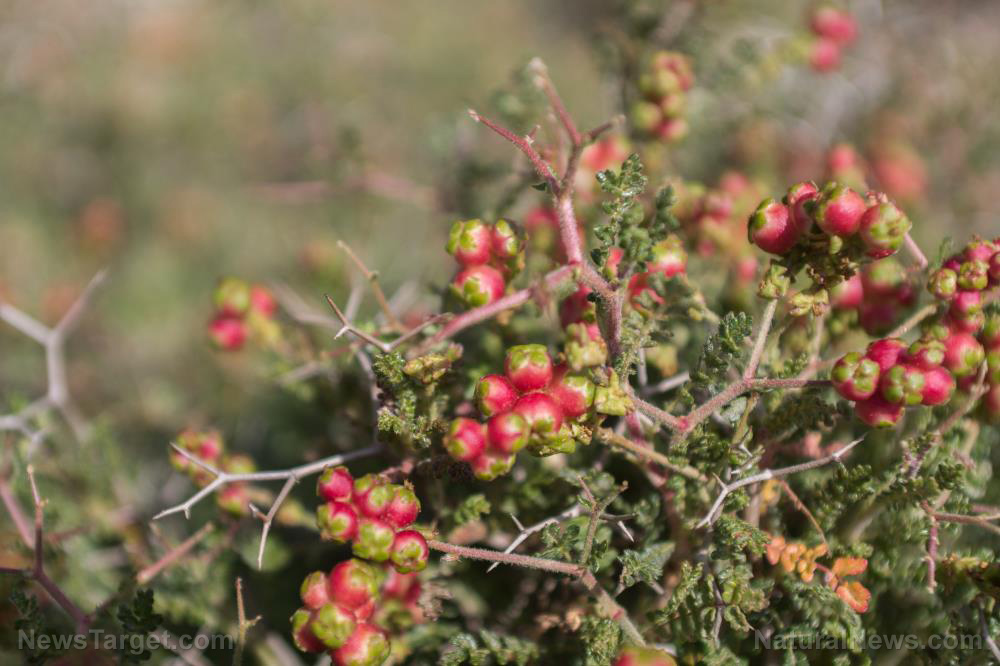13 Medicinal herbs for your survival garden
04/02/2021 / By Virgilio Marin
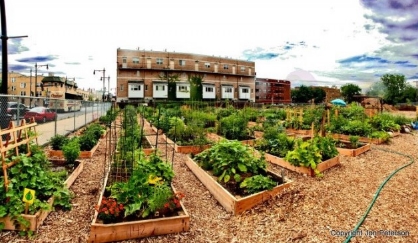
Growing your own medicine is an effective way to stay healthy during SHTF. When the disaster strikes and everyone is left to their own devices, you get to have peace of mind knowing that you have a survival garden filled with various healing herbs. What’s more, you don’t have to worry about pesticides and other toxins because you have complete control overplanting.
What herbs to plant
All herbs are beneficial in their own right, but not all are created equal. Here are the best herbs to grow in your survival garden: (h/t to AskAPrepper.com)
1. Cumin
Cumin is an annual herbaceous plant commonly harvested for its health-promoting seeds. These seeds are dried and used popularly in traditional medicine. An excellent source of iron, they aid in digestion, improve cholesterol and fight inflammation. Studies have also shown that cumin seeds help lower blood sugar levels.
2. Dill
Dill is an annual plant whose seeds and leaves are commonly used as an herb and spice. Rich in important nutrients like phosphorus and magnesium, it helps soothe an upset stomach, lower cholesterol and get rid of bad breath.
3. Basil
Touted as the “king of herbs,” basil is an annual healing herb that packs an impressive punch of health benefits. Rich in antioxidants and other important nutrients, it protects against oxidative stress, cancer, diabetes and heart disease. Additionally, it helps treat appetite loss, nausea, flatulence and minor skin abrasions.
4. Cayenne pepper
Cayenne pepper is an aromatic spice commonly grown as a perennial in the southern United States. Thanks mainly to its active ingredient, capsaicin, this pepper boosts metabolism, soothes migraines and joint pain, and reduces hunger. Used topically, it also helps stop bleeding in minor wounds.
5. German chamomile
German chamomile is an annual herb native to southern and eastern Europe. Used popularly used for teas and infusions, it helps treat anxiety, indigestion, skin irritations and insomnia.
6. Garlic
No survival garden would be complete without good, old garlic. For starters, it is a potent healing herb with anti-inflammatory, antioxidant, antitoxic and antibacterial properties. Studies have shown that garlic helps treat high blood pressure, fight aging, boost immunity and detoxify heavy metals within the body. Moreover, it easy to add to dishes and grows perennially. (Related: Medicinal plants: Potent antiviral herbs to add to your diet.)
7. Feverfew
Also known as wild chamomile and bachelor’s buttons, feverfew is a perennial flowering plant from the daisy family. Used commonly in traditional medicine, this potent herb works as a terrific home remedy for fever and pain.
8. Catnip
Linked for its calming effect on cats, catnip is a mild sedative of the mint family. It helps soothe stress, anxiety, coughs and fever, on top of constipation, flatulence cramping and bloating.
9. Lemon balm
Lemon balm is a perennial plant that also comes from the same family as mint. Known for its calming properties, this lemon-scented herb helps soothe anxiety and improve sleep quality and appetite. Topically, it also helps heal bug bites and stings.
10. Parsley
A biennial plant, parsley blooms and seeds in two years before dying. More than just a garnish, it is also a potent healing herb rich in iron and other nutrients. It boosts your body’s energy levels and blood circulation, relieves flatulence, and treat kidney and bladder infections.
11. Sage
Sage is a popular natural remedy for a variety of ailments. Ancient civilization used sage to stop bleeding and treat ulcers, sores, coughs, irritated throat and inflamed gums. Sage is commonly grown as a perennial in hot, humid zones and an annual in colder climates.
12. Thyme
A perennial plant, thyme is popularly used in traditional medicine, thanks to its antiseptic, anti-viral, anti-parasitic and anti-fungal properties. It helps treat bronchitis, coughs, sore throat and stomach discomfort. It also enhances mood, thanks to a compound called carvacrol.
13. Rosemary
Rosemary is a brain-boosting perennial herb thought to improve brain function. It helps sharpen memory, focus and thinking, and fight oxidative stress in the brain. Moreover, it can soothe indigestion and muscle spasms and keep your nervous system in good shape.
Growing your own medicine provides much-needed security during a time of chaos and collapse. Enrich your survival garden now with these powerful healing herbs.
Sources include:
Tagged Under: alternative medicine, emergency medicine, green living, herbal medicine, Herbs, home gardening, homesteading, medicinal herbs, natural cures, natural medicine, preparedness, prepper, prepping, remedies, survival, survival medicine, sustainable living
RECENT NEWS & ARTICLES
GrowYourMedicine.com is a fact-based public education website published by Grow Your Medicine Features, LLC.
All content copyright © 2018 by Grow Your Medicine Features, LLC.
Contact Us with Tips or Corrections
All trademarks, registered trademarks and servicemarks mentioned on this site are the property of their respective owners.


